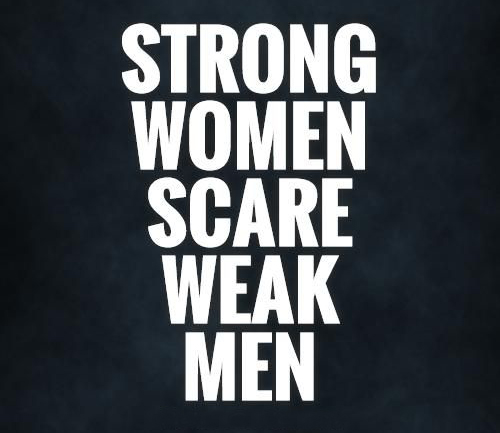
I ended last week’s column with a question: “What is it about the feminine that so frightens patriarchy?” In this column I will provide some possible answers. To summarize the hypothesis: persistent patriarchal silencing and domination of the feminine is the product of fear. Fear is not limited to men, of course, but the transformation of fear into aggression seems to be highly activated in men.
Male fear arises both from our biological inheritance and the psycho-physical effects of cultural and social frameworks. In another words, the fear behind patriarchal suppression of the feminine is most likely a result of both nature and nurture.
On the side of nature, we can place matters biological and genetic. These would include a range of factors, including physical and emotional responses of the autonomic nervous system, genetic and epigenetic predispositions, and neurological development. Physical and emotional responses include hormonal glandular secretions such as testosterone and adrenaline, linked respectively to sexuality/aggression and responses of fight or flight triggered within the brain’s amygdala. Genetic and epigenetic predispositions pertain to factors of instinct, inherited physical characteristics, epigenetics and the effects of stress found in strong emotions that effect gene expression. Finally, neurological development includes elements of body/brain mapping, sexual orientation, and intellectual capacity. These natural factors constitute a powerful and organic developmental ground of male behavior. Accordingly, male aggression directed at women may be attributable in part to a primitive hard-wired fear of impregnation of a preferred mate by other males, thereby threatening the genetic succession of offspring.
On the side of nurture we find the influence of our cultural beliefs and narratives, styles of childrearing, the effects of social organization and peer pressure, and the imposition of economic and power-based hierarchies as drivers of behavior. During the reign of Roman Emperors, for example, adulterers were punished by being thrown into deep water after being sewn into a bag along with a monkey, a rooster, an asp and a dog. The interpenetration of “nature and nurture” is codified in patriarchal society in the form of strict laws and rigid dogma; competition and aggression are elevated above cooperation and empathy. This self-reinforcing organizational system serves to preserve established patriarchal hierarchy within power relationships. Thus world-wide patriarchal systems have forced the silencing of women for thousands of years. In many cultures, such silencing is punishment-based and nearly absolute, in others it is expressed with more subtlety.
As noted in my previous column, and in the research of psychologist/author Carol Gilligan, those who are silenced often repress the memory of the act of silencing, and take on the voice of the oppressor instead. Even within male society, patriarchy reveals this imperative through male political figures who make self-righteous statements in opposition to gay rights legislation while simultaneously hiding their own homosexuality. Thus we see that fear of “feminization” of any type inclines patriarchy to revile any effort to undermine its hegemonic “manhood.”
The two forces of nature and nurture have over time produced a highly intractable patriarchy prepared to strenuously defend itself. Given the violence, predatory behavior, competition and fighting over possessions and territory it embodies, determining its precise cause and effect is important, but nearly impossible; nature cannot be separated from nurture. However, it is abundantly clear that the future of humanity rests in coming to grips with a pattern that is now many thousands of years old.